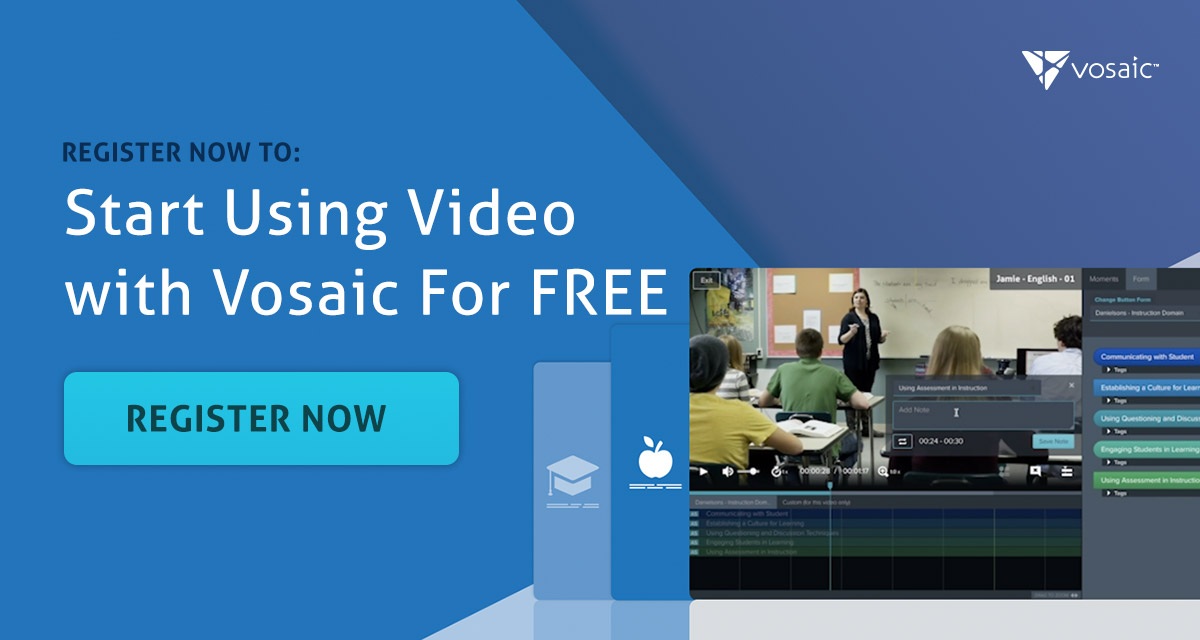Let’s face it, schools are up against incredibly difficult circumstances. While trying to create the best experience for their students, they face tight budget constraints, labor shortages, and an ever-evolving list of unpredictable challenges. With all these pressing demands, it’s easy to overlook professional development. However, this seemingly slight oversight is already creating problems that will only worsen over time. Avoiding spending money on professional development overlooks a potentially incredible return on investment. Investing in teacher development can help teachers better navigate the many challenges they’re facing, increase retention, and ultimately raise student performance.
When done right, teacher development is not only extremely beneficial but can also maximize limited resources.
Stay on Top of Important Discoveries
We read case studies and academic journals so you don’t have to. Sign up and we’ll send you the key takeaways.
Scarce Resources
Lack of funding for schools and tight budget constraints have been a growing concern in recent years. Budget cuts during the Great Recession have left nearly half of US states spending less on schools in 2016 than they were spending in 2007. As schools try to innovate and incorporate new technologies, they’re often having to compensate by cutting other valuable areas. In some schools, this has led to teacher positions being cut. These proposed cuts are especially alarming this year when students have suffered academically and emotionally during the pandemic.
A lack of money isn’t the only scarce resource. A lack of teachers and time has only been exacerbated by the pandemic. The recent labor shortage hit many industries, and teachers are no exception. According to the Bureau of Labor Statistics, the local and state education job sector lost 161,000 jobs in September alone. These job vacancies make it difficult for school leaders and staff to find their stride. The staffing shortages schools are facing put additional strain on the remaining teachers and administrators who are already pressed for time and are now just trying to stay afloat. As administrators struggle to even get a body in the classroom, the focus on student learning can become an afterthought.
Not only are resources scarce currently, but the future also doesn’t look promising as enrollment in teaching programs fall. “A survey by the American Association of Colleges for Teacher Education found that 19 percent of undergraduate-level and 11 percent of graduate-level teaching programs saw a significant drop in enrollment this year.” But what does this have to do with teacher development?
Why Investing in Teacher Development Matters
If you don't have a Vosaic account for teacher coaching and observation, you can start with a free trial today.
It’s no secret that teachers are facing many challenges. A new teacher is already pressed to learn classroom management, instruction, and curriculum while also navigating school culture and operations, test preparation and administration, state standards, and parent relations. Now, add on the impact of COVID and the pressure to adapt to new technology, rhythms, and constant changes. It’s easy to see how teachers struggle and develop counterproductive behaviors if the right resources and development aren’t available. Investing in teacher development gives teachers the tools they need to adjust and grow in their role while feeling equipped and supported.
Studies show that an investment in teacher development has a significant impact on teacher retention. At Cal State East Bay, a study found that providing middle school science teachers with 20 hours of professional development raised retention from 60 percent on average to 85 percent. These findings hold true in other studies across subject areas. For example, a Harvard study found that MQI Coaching (a form of video-based development) increased math teacher retention. Turnover is a major cost to schools and contributes to the staffing problems we’ve been looking at. By increasing retention, schools save valuable resources.
Investing in teachers is directly linked to student performance.

The National Center for Educational Evaluation and Regional Assistance found that teachers who receive substantial professional development -- an average of 49 hours in the nine studies that met rigorous evidence standards -- boost their students' achievement by 21 percentile points on average. Teaching Quality, defined as, “instruction that enables a wide range of students to learn,” is the strongest school-related factor that improves student learning and achievement. Teachers play a vital role in students’ learning. By investing in teachers, schools are also making an investment in their students and overall academic achievement.
How to Invest When Resources are Scarce
It’s clear that investing in teacher development has positive effects, but how is this done with limited resources?
Root-Out Ineffective Professional Development
First, assess the current situation to root-out ineffective professional development. Not all professional development is created equally. While the right teacher development can have great implications, many teacher development programs and resources can have minimal to no effect. Districts must create a clear vision of what effective teaching looks like. Without a vision and standard, it’s hard to determine which training would be effective in reaching that standard. Once a vision is established, ensure current training has a clear link to that vision and eliminate efforts that don’t. Many teachers complain that currently offered training courses aren’t useful. They’re often outdated, lack engagement, and don’t cover material that teachers really care about and need. Investing in stale and ineffective teacher development is a waste of valuable resources.
A critical challenge for most districts in providing effective professional development is striking the balance between offering “one-size-fits-all” and “every teacher is different” approaches. Due to limited resources, districts must ask, “Where will my investment bring about the greatest improvement in teacher practice and student achievement?” Offering only professional development that has a demonstrated impact sends teachers a clear message that the district values their time.
Establish a Collaborative, Intellectually Stimulating Environment for Teachers
By establishing a collaborative, intellectually stimulating environment for teachers, schools can save resources while empowering teachers and creating a culture of learning.

One of the most effective forms of professional development includes teachers teaching one another. It’s incredibly powerful and engaging to learn from peers who are in your shoes. Schools implement this in the form of establishing “Learning Circles” of groups of teachers. Teachers are segmented by shared characteristics and problem-solve together. In other schools, teacher-to-teacher learning manifests as the creation of Professional Learning Communities (PLCs) or networks (PLNs). By creating spaces for teachers to collaborate and share ideas, schools empower teachers while saving time and money by reducing the amount of additional professional development speakers and events needed.
Incorporate Coaching and Create a Feedback Loop

The incorporation of purposeful coaching and the creation of a feedback loop is incredibly effective in gaining results. According to McKinsey, “open, straightforward, in-person coaching is the most effective way of delivering immediate feedback and advice on specific classroom practices.”
Coaching can be customized to meet the unique needs of individual teachers while a feedback loop creates opportunities for learners to react to feedback, make adjustments to their practice, and repeat as needed. This powerful process is known as Performance Discovery and is even more effective with the introduction of video.
Integrate Video to Conserve Resources and Maximize Results
While many understand the importance of coaching and feedback, most districts argue that a coaching-based strategy, while effective, is prohibitively expensive. This is where video feedback and coaching can save valuable time and money. With video feedback, administrators and coaches don’t need to sit in on classes. Instead, administrators and coaches can watch at their own pace at a time that is convenient for them. Not only does this bring flexibility and time savings, but it also gives teachers the autonomy to upload a lesson they want feedback on.
By introducing a feedback loop that incorporates teachers into the process, schools create a development program that is self-reflection-driven.

Sometimes, teachers don’t need an expensive new program or class, they just need the tools and opportunities for reflection, specific feedback, and to see themselves in action.
Vosaic, a secure cloud-based video platform, makes it easy for teachers and administrators to upload videos, mark important moments, leave comments, and securely share videos. This enables users to observe, coach, and self-reflect more effectively. Users who are assigned as “Viewers” can watch, mark up, and annotate videos shared with them for free. That allows teachers to gain multiple perspectives and attain objective feedback while also saving the district money.
Vosaic makes the self-reflection process powerful by allowing teachers to see specific moments of coaching and feedback, rather than just timestamps or freeze frames. When teachers drive their own development, schools save resources and create a more effective development experience.
Conclusion
While teacher development can be expensive, it can receive an incredible return on investment if done right. By eliminating spending on ineffective training and instead investing in intentional, teacher-driven development, schools save resources and improve results. Empowering teachers to drive their own development through learning circles and video-based feedback while providing intentional coaching can produce a culture of learning that helps teachers navigate challenges, increases retention, and improves student outcomes. By utilizing these methods, time and money are saved while teacher and student potential are maximized.




